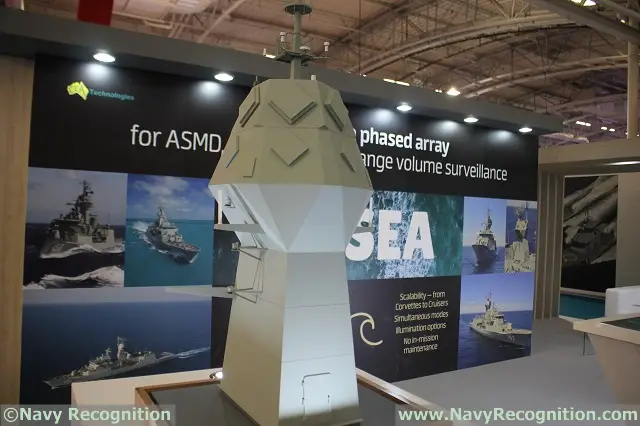Ocean1Curse
Member
Hope you don't mind if I skip over a lot of that.These are serious allegations of possible war crimes so you have better have good quality evidence to back this up and the reason why I've bolded it and have used my Mods hat for the evidence is because of the seriousness of the allegations that you make. "We've refused to price carbon properly, backed out of human rights agreements" is not defence related and is a political statement which is against the rules, so you are skating on thin ice.
Agree
I think that this should read: The exercise of power without law is tyranny.
Again this is a political statement and regardless of whether or not it may be founded in fact, it is inadmissible here.
Whilst I agree with the sentiment of restoring NZDF back to its former "glory" and I use that word wisely, the rest of the bolded quote I totally disagree with. We simply do not have the financial resources to have a completely independent foreign policy AND a NZDF restored back to it's former glory. It has to be a compromise of both. You only have to look at Switzerland, Sweden and Finland to understand the financial implications.
This post has been commented on by another of the Moderators and undoubtedly will be by another soon. Politics are against the rules of the forum so any future transgressions will be frowned upon by the Moderators and could result in sanctions.
Update: @Ocean1Curse You've already served a temporary ban for similar transgressions so consider this a really important warning because unless your posting behaviour significantly permanently changes for the better, the next ban could be permanent. The third Moderator has commented and he is extra grumpy at the moment.
I'v spent a bit of time over the last month looking at European equities markets and the dramatic effect the Turkish Lira has had on Europe. But in context the Turkish Lira crises has been going on the whole year. When you look at Spain's exposure to Turkey, Turkey owes about $80 billion but that's dwarfed by European banks who're exposed to something like $20 trillion to the whole universe of emerging markets. So it's not just Turkey or the Middle East, people are talking about contagion from Turkey to Brazil to South Africa to India. These countries have similarities, not only do they have large deficits and balance of payment issues they're debt to GDP is denominated in US dollars and the U.S dollar has been a strong performer this year so we're back to this theme about what the U.S administration has been up to in the U.S. I think normally in this type of risk environment you'd expect to see New Zealand do well but the other one that's been behaving strangely is NZDF during recent periods. These just to much wrong to list. But putting government funds into different areas is supposed to act in certain ways too. So I think trading government bonds and thinking it's supposed to act the way people think is a major risk to any military expansion. And this is complicated stuff.
So things really are in the here and now. TBH I think we can say the New Zealand economy is about 70% of the way. And if we speak with familiar voices we could get all the way in the next 10-20 years. If.

